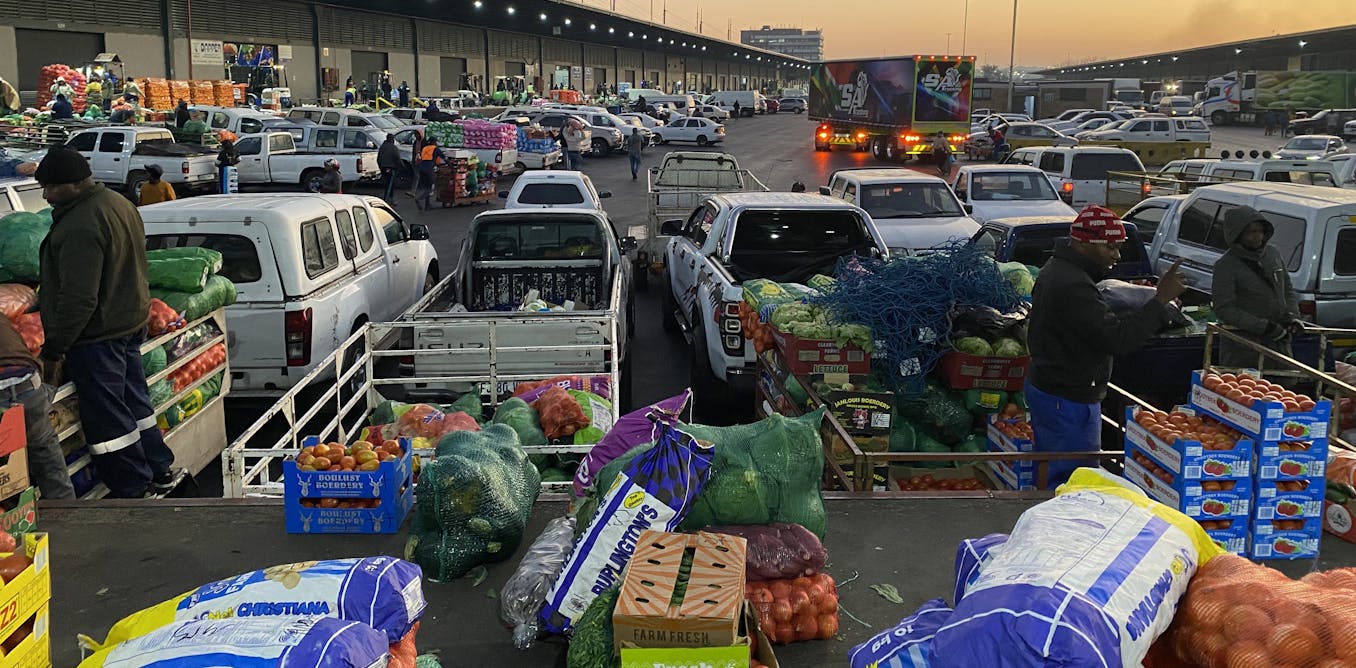The United States, long regarded as a premier global travel destination, is witnessing a notable decline in international arrivals.
According to the U.S. Travel Association’s latest forecast, inbound visits are expected to fall by approximately 6.3 percent in 2025, accompanied by a projected 3.2 percent drop in spending.
The downturn, analysts say, reflects a complex mix of economic, political, and logistical factors reshaping global travel behavior.
The Cost Factor: Strong Dollar and Inflation
One major contributor is cost. The strong U.S. dollar has made travel to the country significantly more expensive for many foreign visitors, particularly those from Europe, Canada, and Latin America.
“The exchange rate alone can turn an affordable U.S. trip into a luxury purchase,” noted one tourism economist. With inflation still high in many source markets, leisure travelers are prioritizing destinations where their money stretches further.
Visa Delays and Bureaucratic Hurdles
Visa delays and entry requirements are also weighing heavily on inbound tourism. Lengthy appointment backlogs at U.S. consulates—especially in countries such as India, Brazil, and Mexico—have discouraged many would-be travelers.
Business and student visitors, typically higher spenders, have been especially affected. While the U.S. government has pledged to modernize visa processing, progress remains gradual.
Perception and Policy Challenges
The nation’s political climate has also shaped perceptions abroad. Recent debates over immigration, border control, and tariffs have reinforced a sense of unpredictability among potential visitors.
Meanwhile, other destinations—from Japan to Portugal—are aggressively marketing openness and accessibility, positioning themselves as friendlier alternatives.
Limited Air Connectivity and Rising Fares
Air connectivity, though improving, has not fully returned to pre-pandemic capacity. Reduced routes and persistently high airfares have made transatlantic and transpacific travel to the U.S. less convenient and more expensive, particularly for long-haul tourists.
A Call for Strategic Renewal
Tourism experts warn that if these trends persist, the U.S. risks losing competitiveness in a rapidly diversifying global travel market. The decline could affect local economies in states such as Florida, California, and New York, which…
Read full article: What’s Behind the Drop in International Visitors to the US in 2025?

The post “What’s Behind the Drop in International Visitors to the US in 2025?” by Luka Trcek was published on 10/27/2025 by www.travelinglifestyle.net





































Leave a Reply